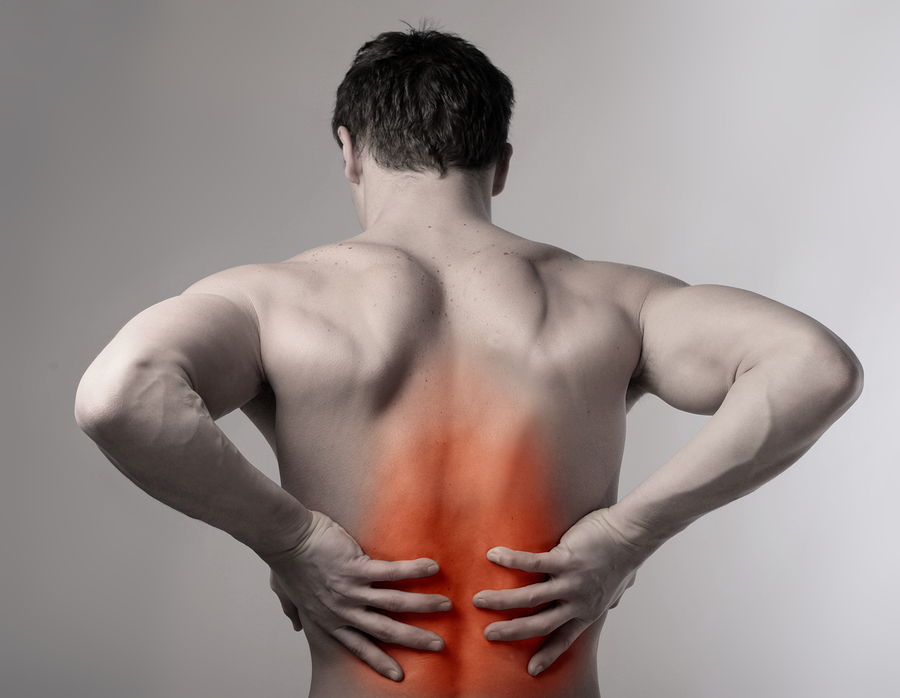Many people used to just bear the chronic pain they have in their backs and live with it. Other patients who reported their chronic back conditions but without a definitive pathology were sometimes dismissed by health service providers.
Pain left untreated, can interfere with the healing process. It can affect the immune system and may lead to other detrimental conditions.
The discomfort from pain brought about by chronic back pain can impede the rehabilitation process. It can interfere with exercise and cause further psychological distress to the patient. When chronic back pain tends to becomes more difficult to treat, other medical services and alternative treatments are availed of.
Now that lots of research and studies have been done on the subject of pain, we know a great deal about pain and its physiological and psychological basis and the science of pain management is gradually being adopted to provide relief. There is also greater awareness of the importance of dealing with pain seriously among the health community and the public. This is especially true for people who suffer from chronic back pain.
Pain management, also sometimes called pain medicine, aims to systematically examine pain, its diagnosis, evaluation, treatment and prevention and rehabilitation of painful conditions. It puts together many disciplines in science and the healing arts.
Pain Management of Back Pain
Pain management the techniques in treating spine and musculoskeletal conditions maybe employed in the following situations:
- In the identification of the source of the patient’s back pain
- To employ a non-surgical but aggressive care program
- In cases where surgery is considered, to determine the areas to be subjected to surgical procedure
- To subject patient to rehabilitation program after surgery and allow them to cope with residual pain afterwards
Pain management employs a wide variety of methods and techniques to address pain and disorders causing pain.
Pain Management Techniques
The techniques used in pain management may be grouped according to their degree of intervention and are as follows:
- Noninvasive, non-drug management. These techniques are not invasive and do not involve the use of drugs. Some of these techniques are:
- Exercise – aimed at increasing strength, flexibility and restoring normal motion
- Manual techniques – Chiropractic care, an example, employs manipulative adjustments in affected areas by applying specific force to the joints, muscles and ligaments.
- Behavioral modification – Optimizes patient responses to back pain through the use of behavioral methods
- Electrotherapy – Therapy aims to reduce back pain by applying electric simulation at low-volume that activates the sensory nervous system.
- Noninvasive pharmacologic pain management. These techniques are pharmacologic in nature. Use of pain medications such as analgesics, muscle relaxants, narcotic medications, antidepressants, neuromodulating drugs and anti-inflammatory agents are examples.
- Invasive pain management. These techniques involve invasive techniques such as surgery.
Clinicalresearch to determine the best pain management therapies in treating back pain are continuing even as we already have a wide selection of techniques available in coping with back pain. The future will hold greater promise of relief for chronic back pain sufferers.
